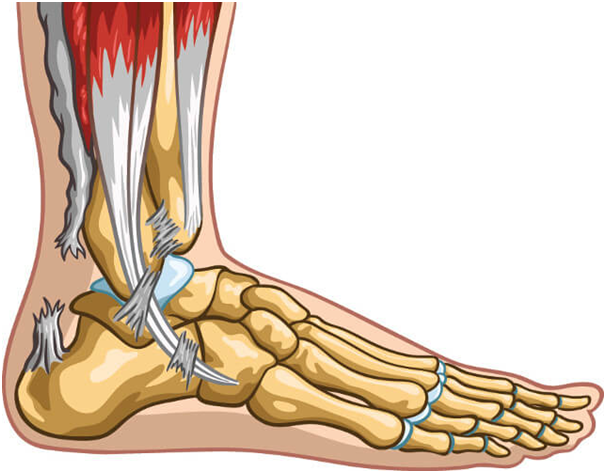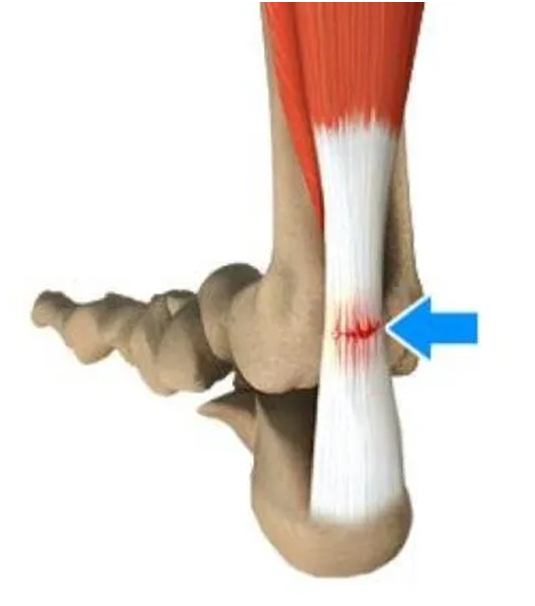| Category | Services |


Achilles tendinitis is an overuse injury of the Achilles tendon, the band of tissue that connects calf muscles at the back of the lower leg to your heel bone.
Achilles tendinitis most commonly occurs in runners who have suddenly increased the intensity or duration of their runs. It's also common in middle-aged people who play sports, such as tennis or basketball, only on the weekends.
The pain associated with Achilles tendinitis typically begins as a mild ache in the back of the leg or above the heel after running or other sports activity. Episodes of more-severe pain may occur after prolonged running, stair climbing, or sprinting.
A number of factors may increase your risk of Achilles tendinitis, including:
Achilles tendinitis can weaken the tendon, making it more vulnerable to a tear (rupture) — a painful injury that usually requires surgical repair.
Platelet-rich plasma is a form of regenerative medicine. It uses injections of your own blood platelets to help with healing.
Platelets, or thrombocytes, are a type of blood cell. Their main function is clotting blood. They’re produced in your bone marrow. Platelets contain growth factors. These are proteins that may be helpful in healing injuries.
A healthcare professional will collect a small amount of your blood (approx. 15-20 ml only). They will place your blood into a centrifuge. This spins your blood at different speeds until it separates into different layers. One layer is the platelet-rich plasma. This layer of plasma may have as much as three-four times more platelets than regular blood.
The platelet-rich plasma will then be injected into your affected area. We will first numb the area with a local anesthetic. The pain at the site may increase for the first 1-2 days. It could take 1 week before you feel any improvement.
The effectiveness of platelet-rich plasma treatment depends on several factors, including:
Many clinical trials have supported its use.
Some studies have found that platelet-rich plasma injections significantly reduced pain compared to placebos. People’s physical function also improved significantly. These benefits continued at 3, 6, and 12-month follow-ups.
There’s no chance of an allergy or immune reaction to platelet-rich plasma treatment because the plasma is taken from your own blood. Side effects and complications are rare
The doctor will clean the area over the joint and insert a small needle into the fluid-filled area around the joint bones under imaging guidance. When it is in the correct position, they will inject the PRP into the joint. They will remove the needle and cover the injection site with a small dressing.
Occasionally it is difficult to inject much medicine into the joint space, especially if the joint is extremely swollen. If this is the case, other medicines may be prescribed to reduce the swelling before the injections are tried again.
We have a very fast and competent working team (Consultant, fellow, clinical assistant, technician, and ward assistant) which provides you with a comfortable atmosphere and eases your nerves. The usual time of stay is around a few hours.
Every procedure carries a risk, although this is extremely small. The risk of infection with this procedure is extremely small as no incisions are made in the skin.
You can resume your work after 1 day if the existing disease allows.